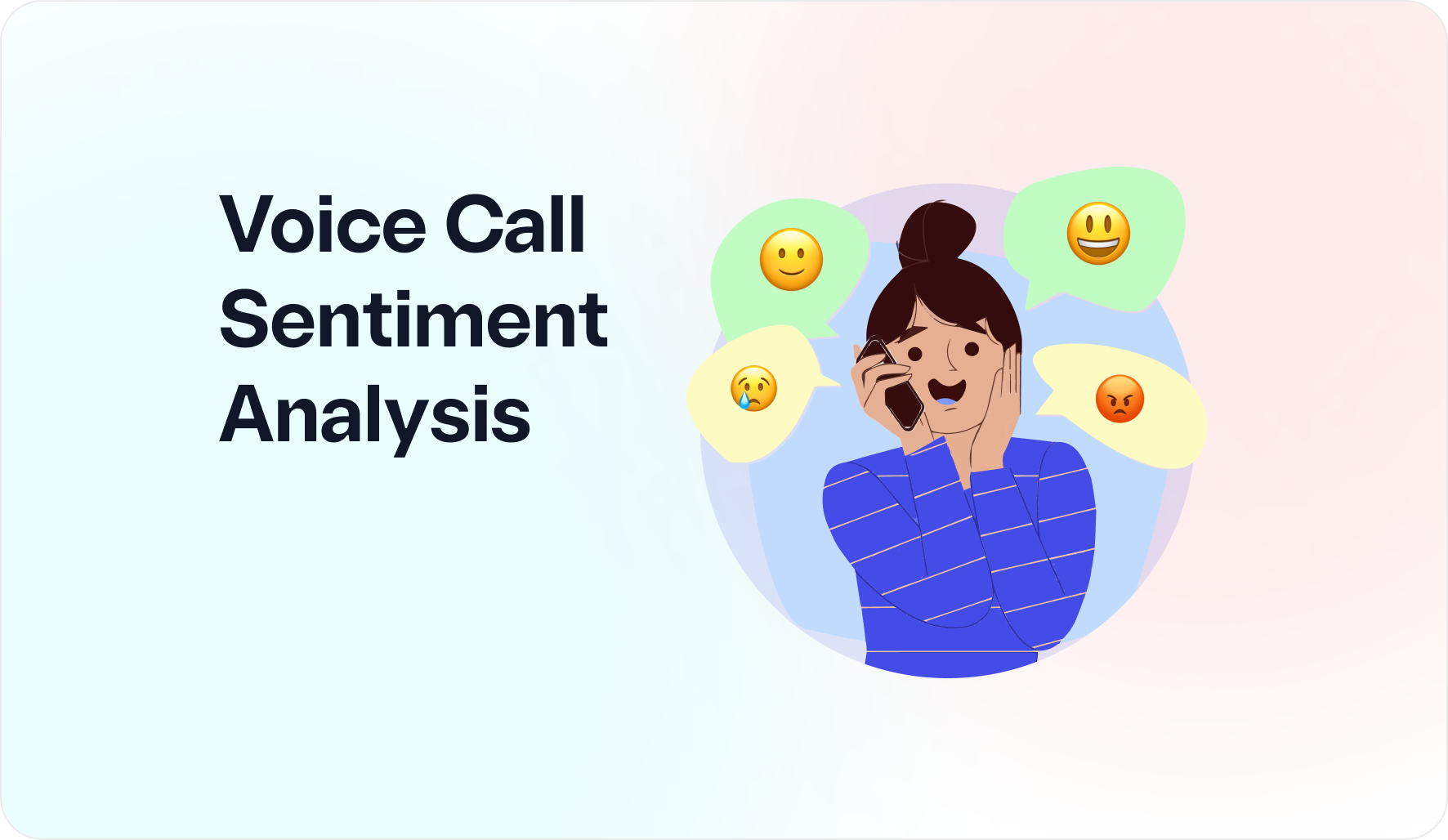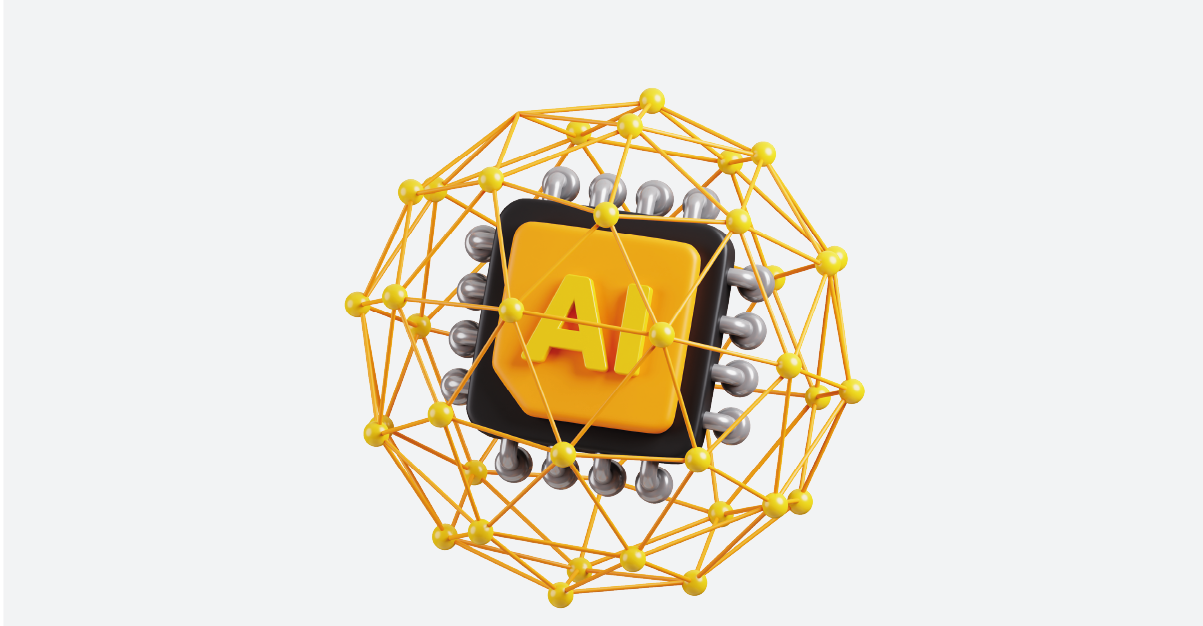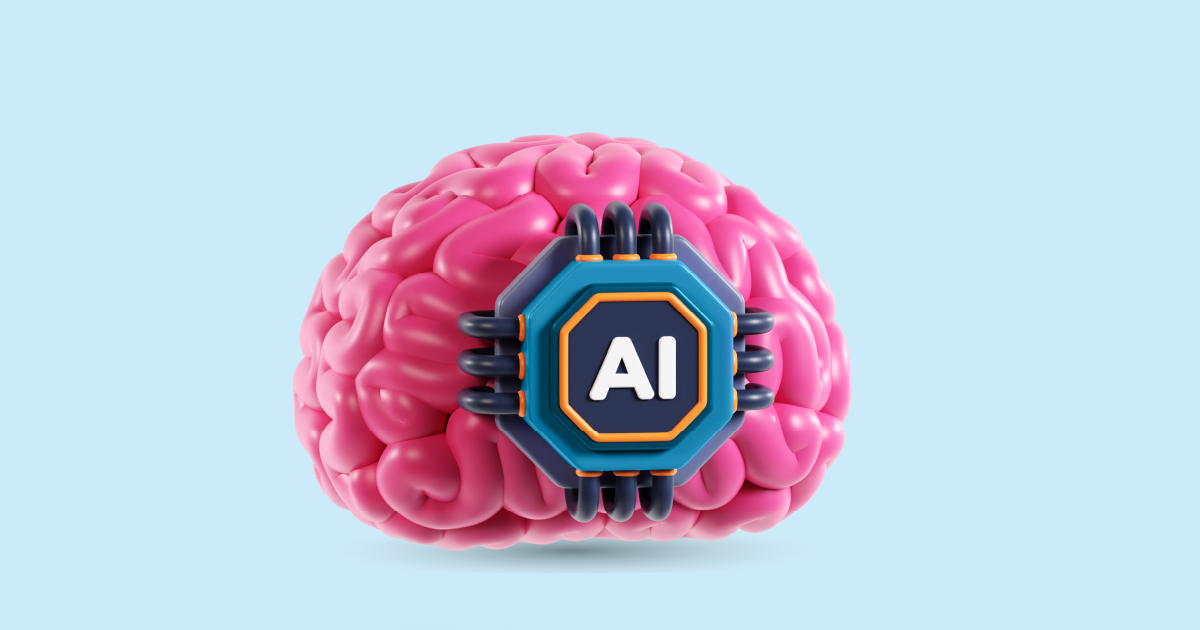Sentiment analysis is a powerful tool that helps organizations and individuals understand the emotions, attitudes, and opinions expressed by people in text, social media posts, reviews, and other forms of communication. Traditionally, sentiment analysis has been limited to text-based data. However, with advancements in artificial intelligence (AI) and machine learning (ML), the analysis of audio data to determine sentiment has become increasingly important. This process is known as Audio Data Sentiment Scoring, and it can offer valuable insights, especially in a world where communication increasingly happens through spoken words.
In this blog, we will explore the concept of audio data sentiment scoring, its significance, and the techniques used to extract and analyze sentiment from audio recordings.
What Is Audio Data Sentiment Scoring?

Audio data sentiment scoring refers to the process of analyzing audio recordings (such as spoken conversations, interviews, customer support calls, or podcasts) to determine the sentiment expressed by the speaker. This includes identifying whether the speaker’s tone is positive, negative, or neutral.
Key Components of Audio Sentiment Analysis
To understand how audio sentiment scoring works, we need to break it down into its core components:
- Speech Recognition: This is the first step in the process, where the spoken words are transcribed into text. Speech recognition systems convert audio signals into written words, making it possible for text-based sentiment analysis algorithms to operate on the data.
- Tone and Pitch Detection: Audio sentiment analysis does not rely solely on the words spoken but also on the emotional tone of the voice. Changes in pitch, volume, and speed can convey different emotions such as anger, happiness, or sadness.
- Contextual Understanding: Just as in text-based sentiment analysis, contextual understanding is crucial. Sentiment analysis algorithms need to interpret the meaning of sentences in context, recognizing sarcasm, emphasis, or nuance, which can alter the sentiment.
- Natural Language Processing (NLP): After transcribing the speech into text, NLP is applied to determine the sentiment behind the words. This involves analyzing word choice, sentence structure, and overall language use to categorize the sentiment.
Why Is Audio Data Sentiment Scoring Important?
Enhancing Customer Experience
One of the primary applications of audio sentiment analysis is in customer service. By analyzing the tone and emotion in customer calls, businesses can identify customer satisfaction levels, address issues more effectively, and offer a personalized experience. If a customer is frustrated or upset, the system can alert a representative to intervene, improving customer retention.
Improving Healthcare Interactions
In healthcare settings, audio sentiment analysis can help in assessing the emotional state of patients during medical consultations. This data can be valuable for doctors and caregivers to better understand the mental and emotional health of patients, ensuring more compassionate care.
Market Research and Public Opinion
Marketers and researchers can use audio sentiment analysis to gauge the public’s reaction to products, advertisements, or even political statements. Audio data from social media platforms or focus groups can provide rich insights into consumer preferences, allowing brands to adjust their strategies accordingly.
Techniques Used in Audio Sentiment Scoring
1. Deep Learning Models for Audio Sentiment Analysis
Deep learning techniques, particularly Recurrent Neural Networks (RNNs) and Convolutional Neural Networks (CNNs), have proven highly effective in processing and understanding audio data. These models are capable of detecting patterns in speech, such as inflection, tone, and speed, and classifying the sentiment accordingly.
Recurrent Neural Networks (RNNs)
RNNs are ideal for working with sequences of data, such as speech, where the temporal context plays an important role. These models can process the audio frame by frame, allowing them to capture long-term dependencies within the speech.
Convolutional Neural Networks (CNNs)
While CNNs are commonly used in image recognition, they have also been adapted for audio sentiment analysis. By treating audio data as a spectrogram (a visual representation of sound), CNNs can detect features in the sound waves that correspond to emotions and sentiments.
2. Prosodic Features Extraction
Prosodic features refer to the rhythm, stress, and intonation patterns in speech. These features are essential for determining the emotional tone of the speaker. For example, a high pitch and fast speech rate may indicate excitement or anger, while a low pitch and slower rate might signal sadness or calmness.
Key prosodic features used in sentiment scoring include:
- Pitch: The perceived frequency of the voice, which can indicate emotions like happiness or frustration.
- Energy: The loudness of the voice, reflecting emotional intensity.
- Speech Rate: The speed of speech, often associated with excitement or nervousness.
- Pauses: The length and frequency of pauses can signify hesitation, uncertainty, or emphasis.
3. Sentiment Lexicons for Audio Data
Just as with text-based sentiment analysis, lexicons or predefined sets of emotional words are used to classify sentiment in audio data. By aligning these lexicons with the transcribed text of the audio, the sentiment analysis algorithm can map words to specific emotions and create a sentiment score.
Challenges
While audio data sentiment scoring offers numerous benefits, there are several challenges that researchers and practitioners face:
1. Accents and Dialects
Different accents, dialects, and speech patterns can affect the accuracy of sentiment scoring algorithms. Speech recognition systems must be able to adapt to these variations to ensure that they accurately transcribe and interpret the audio.
2. Background Noise
In real-world scenarios, audio recordings often contain background noise that can interfere with the quality of speech recognition. Noise reduction techniques are necessary to improve the accuracy of both transcription and sentiment analysis.
3. Ambiguity in Speech
Like text-based analysis, audio sentiment analysis can be prone to ambiguity. The same words spoken with different tones, making it difficult for an algorithm to consistently determine sentiment without contextual understanding.
Conclusion
As AI and machine learning technologies continue to evolve, the accuracy and efficiency of audio data sentiment scoring will improve. This will lead to more accurate analyses of human emotions in various contexts, from customer service to healthcare. By leveraging advanced techniques like deep learning and prosodic feature extraction, businesses and researchers will be able to gain deeper insights into the emotions of their audiences, fostering better interactions and more informed decisions.
Whether it’s for improving customer experiences, enhancing healthcare outcomes, or understanding public opinion, this technology holds vast potential for shaping how we connect with the world around us.
Ready to take your sentiment analysis to the next level? Request a demo from AIM Technologies today and explore how our cutting-edge audio sentiment analysis solutions can transform the way you understand and respond to your audience.




